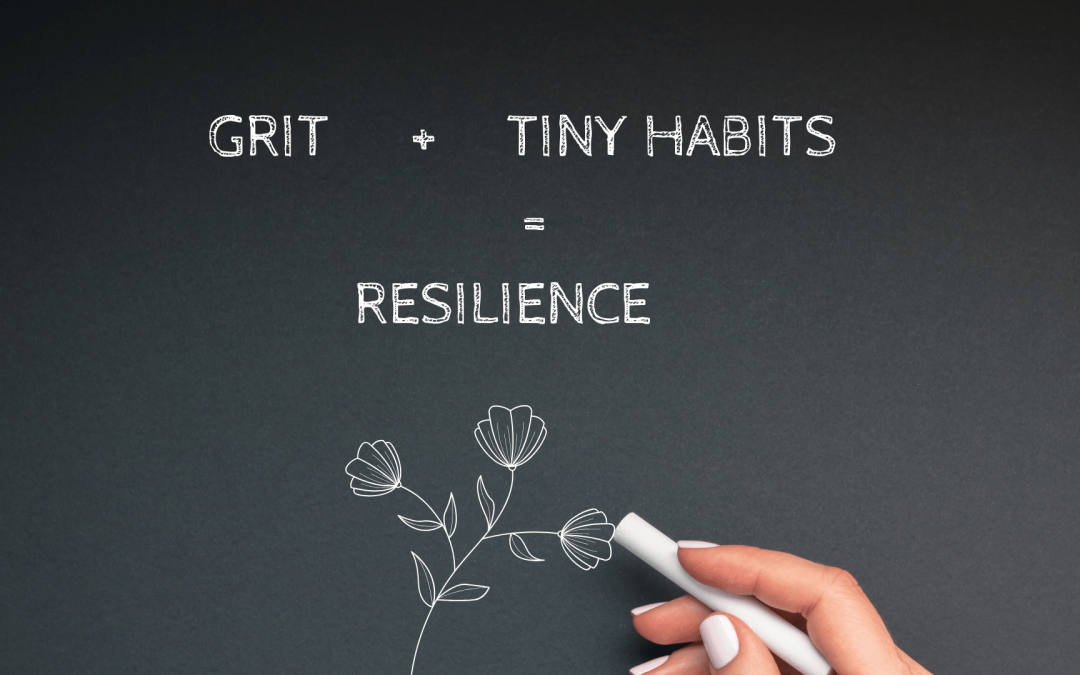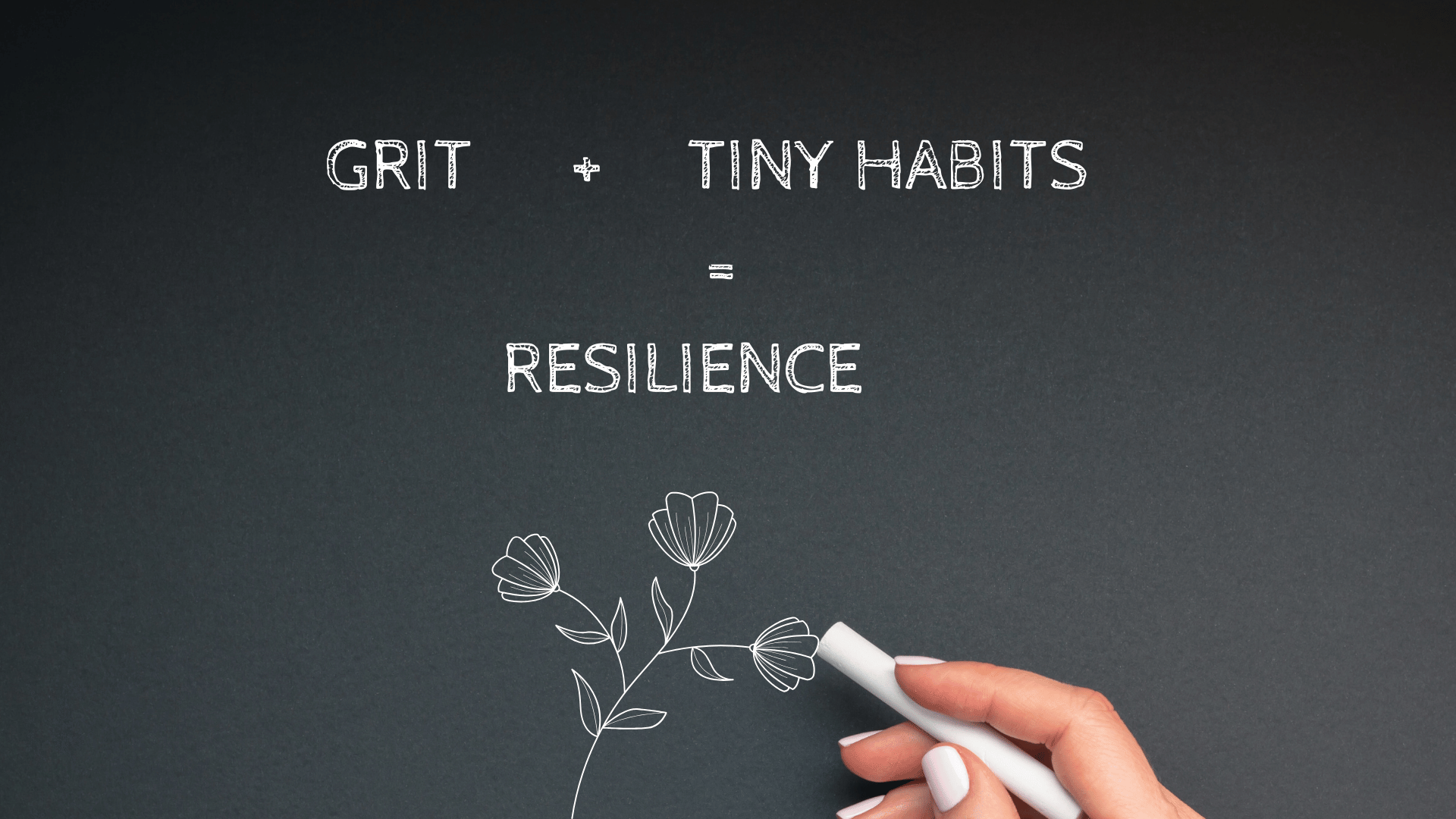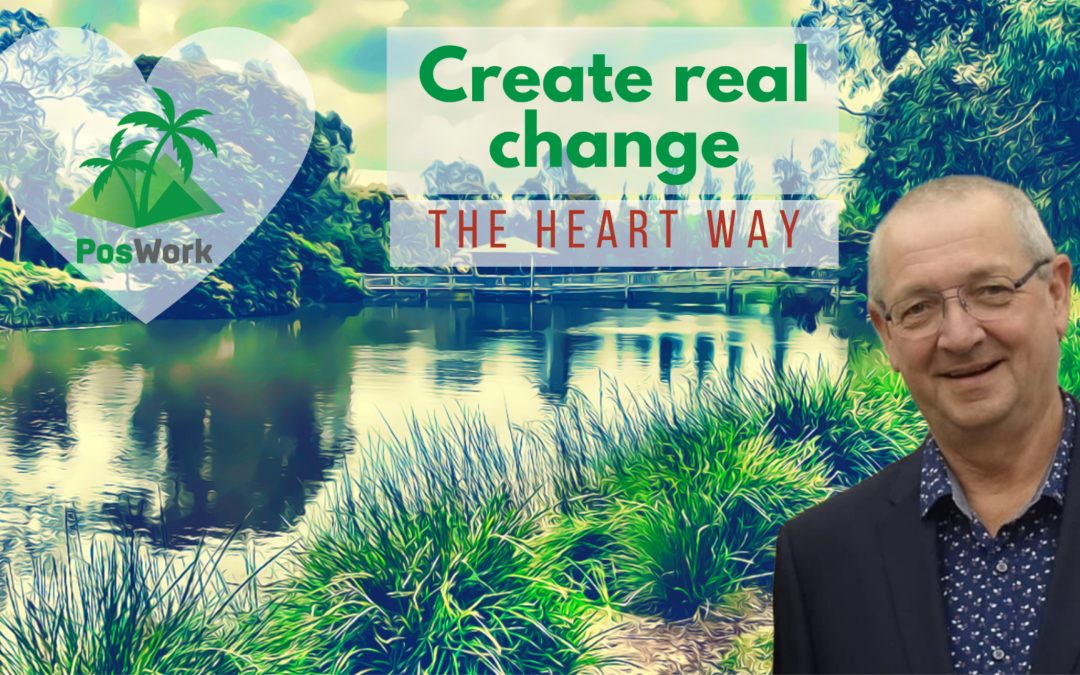
How creativity aids leadership
Blogs and Stories

How creativity aids leadership

Leadership isn’t just about strategy, execution, and results. At its best, it’s also about inspiration. When leaders tap into creativity, they not only solve problems in fresh ways—they also spark curiosity, energy, and deeper engagement from their teams.
Creativity in leadership is powerful because it:
-
Builds trust and openness – Creative leaders are seen as adaptable and approachable, encouraging others to contribute new ideas.
-
Boosts motivation – People feel more invested when they know their contributions can shape outcomes.
-
Drives innovation – Creativity helps teams find unique solutions rather than recycling old approaches.
-
Fosters resilience – In uncertain times, creativity gives teams the flexibility to pivot and adapt.
In short, creativity makes leadership more human, dynamic, and engaging. It transforms the workplace from a routine environment into a space where people feel free to imagine and contribute.
HOW TO ADD CREATIVITY TO YOUR LEADERSHIP PRACTICE
So, how can leaders bring more creativity into their style of leadership? Here are six practical ways:
1. ASK “WHAT IF?” QUESTIONS
Instead of sticking to yes/no or black-and-white problem solving, ask open-ended questions. “What if we tried this?” or “What’s another way to look at this challenge?” sparks innovation and invites input from the whole team.
2. ENCOURAGE EXPERIMENTATION
A creative leader creates safe spaces for trial and error. Allowing small experiments reduces fear of failure and builds confidence in thinking outside the box. Even ideas that don’t work can lead to unexpected breakthroughs.
3. USE STORYTELLING
Facts inform, but stories inspire. Creative leaders use stories to connect ideas, share vision, and make complex concepts relatable. This approach engages both hearts and minds, helping people see themselves in the bigger picture.
4. BLEND PERSPECTIVES
Diverse voices are fuel for creativity. Seek out insights from across roles, departments, and backgrounds. By drawing from different perspectives, leaders generate richer ideas and show they value contributions from every corner of the organisation.
5. MODEL PLAYFULNESS AND CURIOSITY
Creativity thrives in environments where curiosity is encouraged. Leaders who show a sense of play, ask genuine questions, and demonstrate curiosity signal to others that it’s okay to think differently and push boundaries.
6. CELEBRATE CREATIVE CONTRIBUTIONS
Recognize not just outcomes, but also the creativity behind them. Celebrate bold ideas, unique approaches, and innovative problem-solving efforts. When people see their creativity being valued, they are more motivated to keep contributing.
FINAL THOUGHTS
Leadership that embraces creativity is leadership that engages. By encouraging experimentation, storytelling, curiosity, and diverse input, leaders cultivate a culture where innovation feels natural—and where people are excited to be part of the journey.
If you would like to explore ways that we can help you to build resilience practice or with any other of our PosWork programs for your workplace, please call us on 0438 533 311 or email info@poswork.com.au.
CONTACT US
PosWork
A Division of Ridgeline Human Resources Pty Ltd
ABN : 24 091 644 094
info@poswork.com.au
0438 533 311
QUICK RESOURCE LINKS







